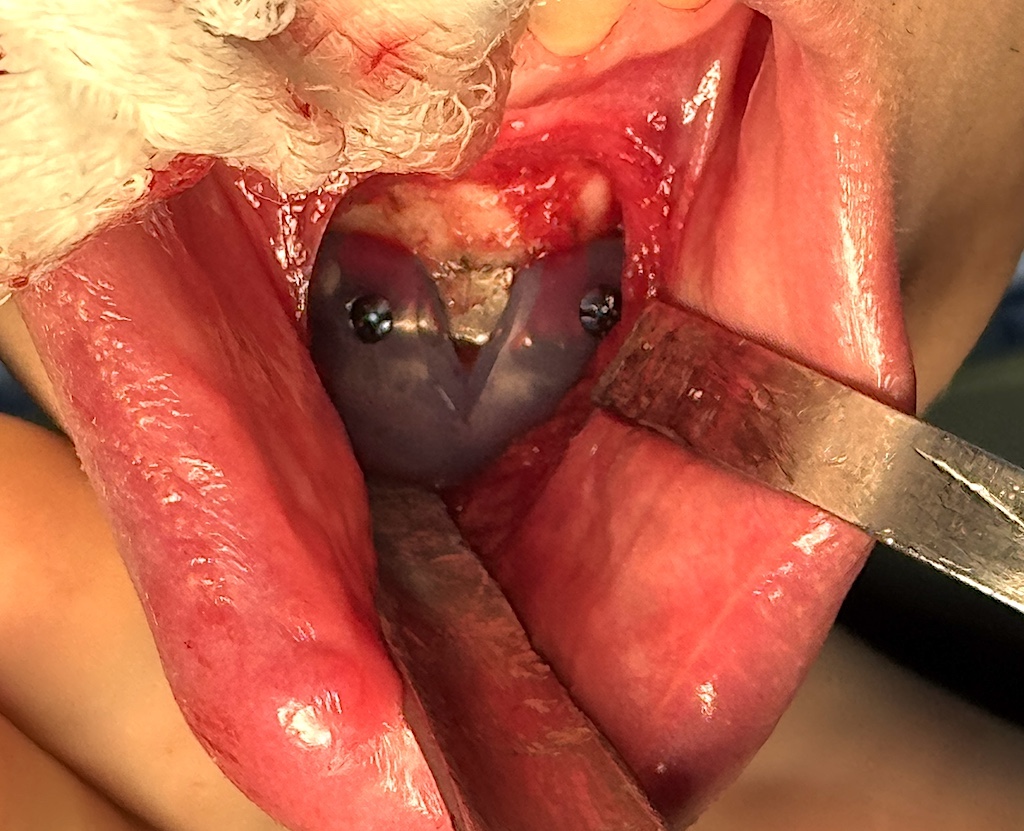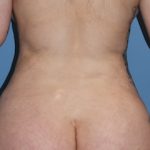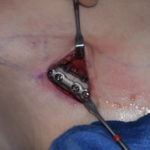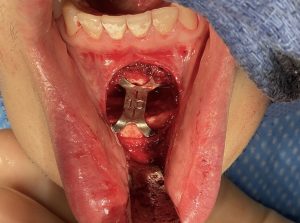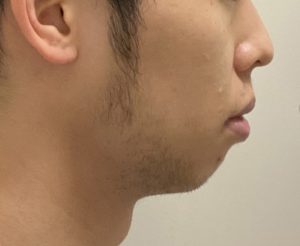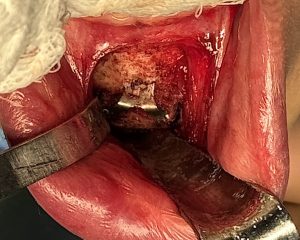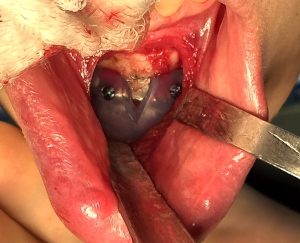The sliding genioplasty remains the workhorse procedure for significant chin augmentation. Unless a patient specifically prefers to avoid an autologous bone procedure, it is almost always preferable to reposition the chin bone itself rather than place a large volume of implant material to achieve projection. However, even with substantial sliding genioplasty movements (10mm or more), the desired degree of chin projection may not always be fully achieved.
In such cases, a secondary chin implant overlay can be applied to further enhance the augmentation. This approach raises two key considerations:
? How much additional augmentation can the soft tissues accommodate?
? Which incision route—intraoral or submental—is best?
Ideally, the sliding genioplasty has already brought the result close to the patient’s goal, with only modest additional projection needed—typically 5mm or less. Beyond projection, some male patients also seek an overlay implant to create a more square-shaped chin, emphasizing lateral rather than central width.
Surgical Considerations
The secondary chin implant can be placed via the original intraoral incision or through a new submental skin incision. Both approaches are viable and have the same advantages and disadvantages as in primary chin implant surgery.
The most important technical point, regardless of approach, is to avoid malposition:
-
The intraoral route risks placing the implant too high.
-
The submental route risks placing it too low.
Using the lower edge of the genioplasty fixation plate as a landmark helps guide optimal implant positioning, assuming the plate itself was properly centered. Screw fixation is essential, as the advanced bony chin edge now presents as a ledge.
Case Study
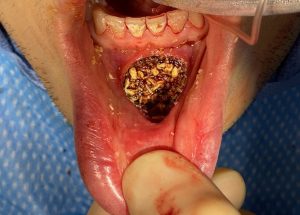
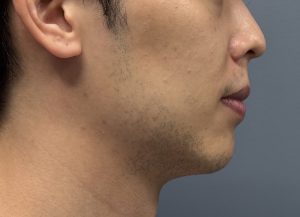
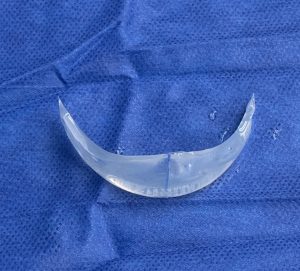
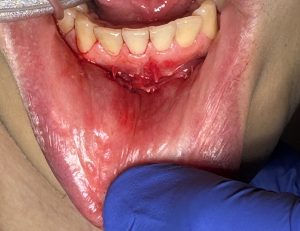
Technical Insights

I prefer the mandibular glove style implant, as it is vertically taller, conforms well to the bone, and offers greater surface area for secure screw fixation.
Key Points
-
Secondary chin implant augmentation is a safe and effective adjunct to sliding genioplasty.
-
Both intraoral and submental approaches are appropriate for implant placement, each with its own considerations.
-
The soft tissue limitations of the advanced chin pad typically restrict implant size to 5mm or less.
— Dr. Barry Eppley
World-Renowned Plastic Surgeon

